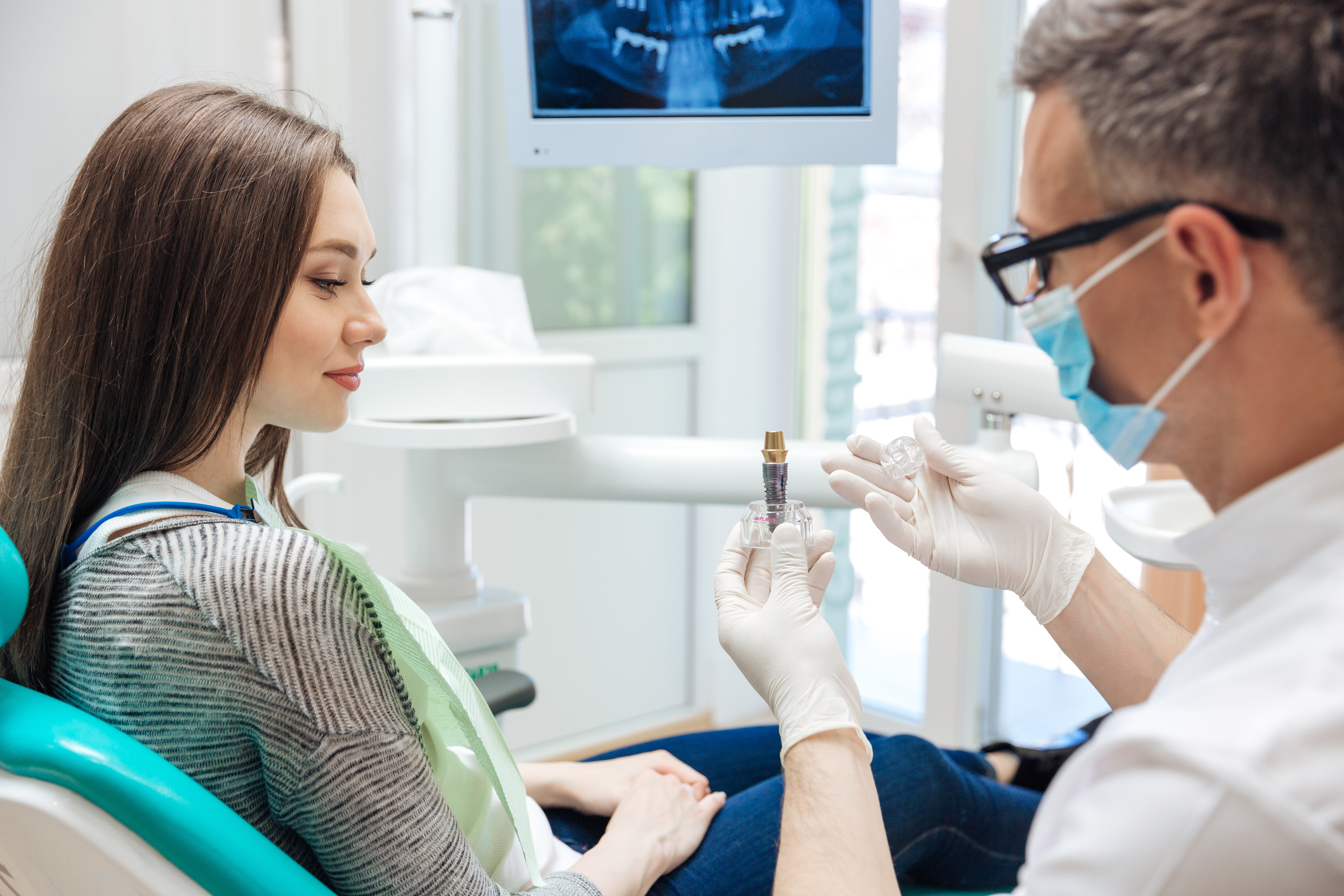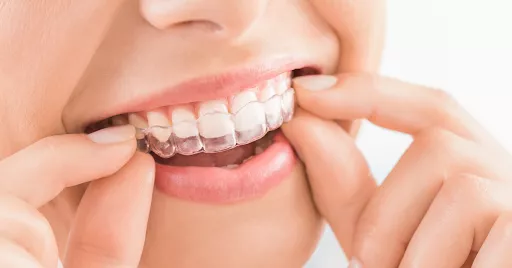
Image Source – Google
Modern lifestyles often lead to poor circulation, toxin build-up, and weakened immune systems. Lymphatic drainage massage is a gentle technique designed to stimulate the flow of lymph fluids throughout the body, aiding in the removal of toxins and waste products. This therapeutic massage can help improve overall health and well-being by supporting the body's natural detoxification process and boosting the immune system.
The Importance of the Lymphatic System
The lymphatic system plays a crucial role in maintaining the body's fluid balance, absorbing fats, and filtering out toxins and waste products. Unlike the circulatory system, which has the heart to pump blood, the lymphatic system relies on muscle movement and external stimulation to keep the lymph fluid moving efficiently.
Benefits of Lymphatic Drainage Massage
- Detoxification: Lymphatic drainage massage helps remove toxins and waste products from the body, reducing the risk of inflammation and disease.
- Immune Support: By improving lymph flow, this massage technique can enhance the immune system's ability to fight off infections and illnesses.
- Reduced Swelling: Lymphatic drainage massage can help reduce swelling and edema by decreasing fluid retention in the tissues.
- Improved Circulation: By encouraging lymphatic flow, this massage can enhance blood circulation, delivering essential nutrients and oxygen to cells.
- Relaxation: The gentle, rhythmic movements of lymphatic drainage massage promote relaxation and stress relief, improving overall well-being.
How Lymphatic Drainage Massage Works
Lymphatic drainage massage uses light pressure and rhythmic movements to stimulate the lymphatic vessels located just beneath the skin. This gentle technique helps clear blockages and promotes the natural flow of lymph fluid throughout the body.
Techniques Used in Lymphatic Drainage Massage
- Manual Lymphatic Drainage: A trained therapist uses gentle strokes and rhythmic movements to stimulate lymph flow and encourage detoxification.
- Lymphatic Cupping: This technique involves the use of silicone cups to create suction on the skin, promoting lymphatic circulation and reducing inflammation.
- Dry Brushing: By using a dry brush in gentle, sweeping motions, this technique helps exfoliate the skin and stimulate lymphatic flow.
Conditions that Can Benefit from Lymphatic Drainage Massage
Lymphatic drainage massage can be beneficial for a wide range of health conditions, including:
Post-Surgery Recovery
- Reduces swelling and inflammation
- Promotes healing and tissue regeneration
- Enhances the body's natural detoxification process
Chronic Fatigue Syndrome
- Improves energy levels and reduces fatigue
- Supports the immune system
- Helps remove toxins that may contribute to symptoms
Lymphedema
- Reduces swelling and discomfort
- Improves lymphatic flow and fluid balance
- Can help prevent infection and complications
Skin Conditions
- Improves skin tone and texture
- Stimulates collagen production
- Promotes a healthy, glowing complexion
Conclusion
Lymphatic drainage massage is a gentle yet powerful technique that can support overall health and well-being by boosting the body's natural detoxification process and immune function. Whether you are looking to improve circulation, reduce swelling, or simply relax and de-stress, this therapeutic massage can offer numerous benefits for your physical and emotional health.




